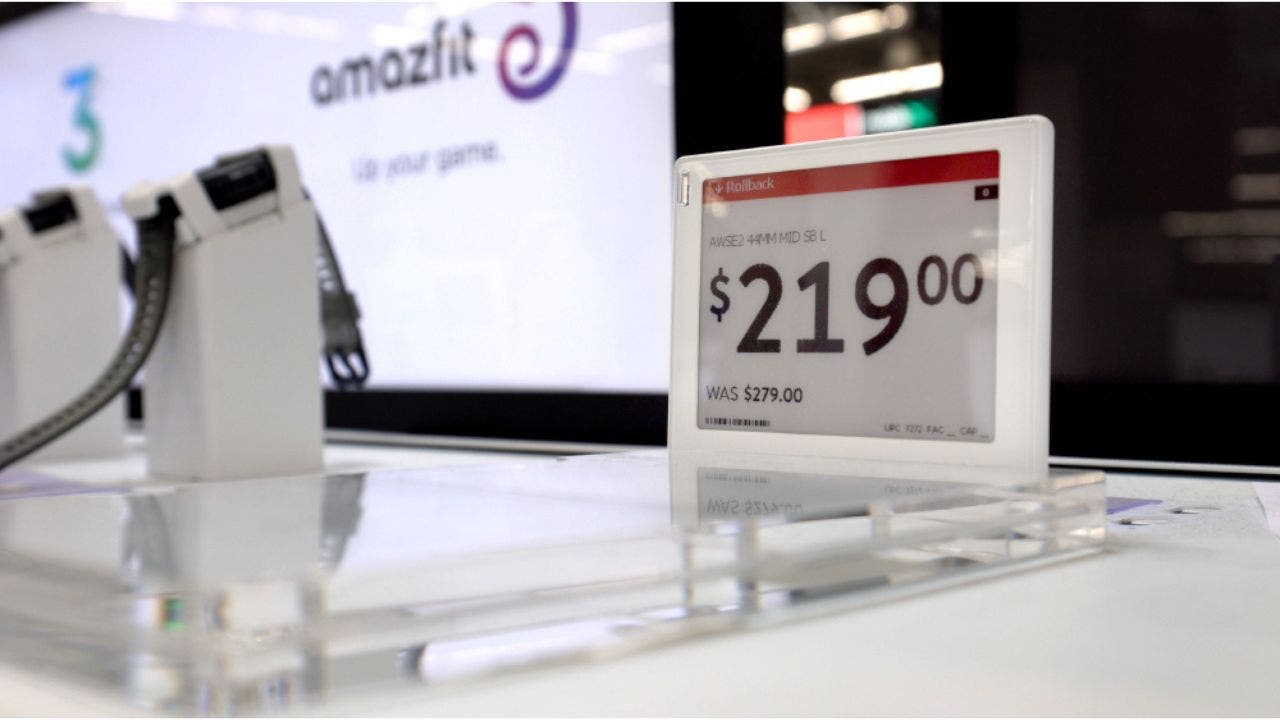Atlas, the humanoid robot that dazzled followers for more than a decade with its outdoor running, awkward dancing and acrobatic back flips, has powered down. In other words, it is retiring.
On Wednesday, Boston Dynamics, the company that created it, announced the arrival of the next generation of humanoid robots — a fully electric robot (also named Atlas) for real-world commercial and industrial applications.
For anyone worried about what would happen to the hydraulic bipedal machine (a robot home? the junkyard? a window display?) that was created for research purposes, the company had an answer. A spokesman, Nikolas Noel, said that retirement would mean that the Atlas would move to its “robot retirement home,” which is to say that it would be “sitting in our office lobby museum” with other decommissioned robots.
The old Atlas was used to research full-body mobility and to explore what was possible in robotics, Mr. Noel said. It was not designed for commercial use and was first developed as part of a competition to further the use of robots “in future natural and man-made disasters,” according to the Defense Advanced Research Projects Agency of the Pentagon.
“For almost a decade, Atlas has sparked our imagination, inspired the next generations of roboticists and leapt over technical barriers in the field,” Boston Dynamics said in a farewell video posted on social media on Tuesday.
“Now it’s time for our hydraulic Atlas robot to kick back and relax,” the company said.
The company’s farewell video captured the brawny 6-foot-2 machine in action over the years. That included taking a stroll in a grassy field, leaping on boxes (or picking up 10-pound ones), carefully walking on a rock bed and awkwardly shimmying.
But the video also featured some mishaps, including the robot’s frequent stumbles such as falling over on platforms, rolling down a hill and leaking hydraulic fluid from its leg inside a lab.
The new model has a big round head that spins completely around, is leaner and can nimbly rise from a horizontal position to a bipedal stance in seconds. Its hips appear to be reversible, so it might be better than us at some yoga poses.
The company’s commercial models include Spot, an agile four-legged robot, and Stretch, an elongated warehouse platform.
“The new Atlas builds on decades of research and furthers our commitment to delivering the most capable, useful mobile robots solving the toughest challenges in industry today: with Spot, with Stretch, and now with Atlas,” the company wrote in a video post introducing the new robot.
The new model will be used to build “the next generation of automotive manufacturing capabilities” with Hyundai Motor Company, which owns Boston Dynamics.
There were seven updated Atlases, each of which was made from aircraft-grade aluminum and titanium and weighed 330 pounds. They were then used as base models by teams competing for a $2 million prize in the challenge. But the final challenge was won by a Korean team that built a robot that could kneel and roll around on wheels as it performed tasks.
During its training, researchers were tough on the Atlas, even hurling weights at it to see how well it responded and adapted to challenges inside and outside the lab.






